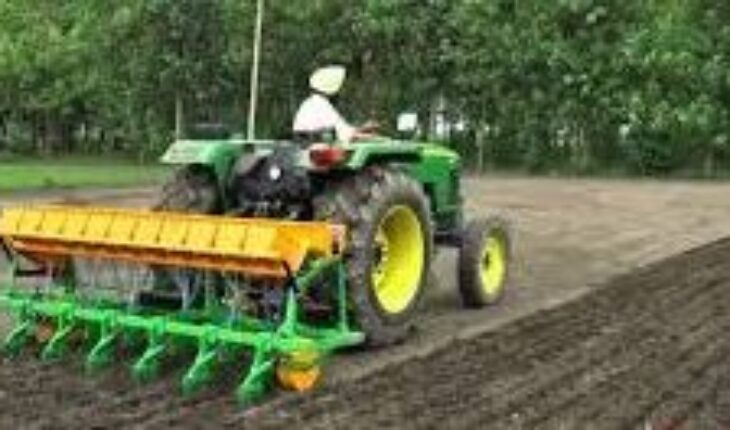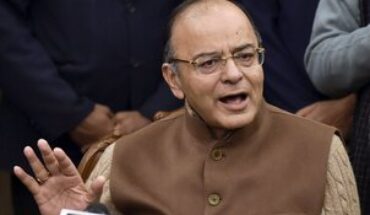Chandigarh,; The concept of self-reliant India is growing among farmers of Punjab, one of the country’s prominent granaries, with the pruning of farm labour caused by the outbreak of the coronavirus pandemic.
Even the farmers are branching out to become tech savvy, paving way for the government to sow the seeds of less water-intensive mechanised technology in the kharif season when the sowing of water guzzling paddy is on.
For nearly a decade, the state has been advocating to put an end to the age-old method of transplanting water-guzzling way — the puddle method — with the mechanical method of paddy plantation.
With the large migration of labourers to their home states amid the lockdown, agriculture experts believe circumstances have changed the mindset of a large number of farmers to opt the new mechanized method rather than sticking to the traditional way of sowing saplings in puddle fields.
Government estimates this time around 25 per cent of the total area of paddy will be brought through the direct seeding of rice (DSR) technique — a method that saves water and labour.
Punjab has a target to sow paddy on 26 lakh hectares, including around seven lakh hectares under highly remunerative basmati rice, this season.
For this, the state needs at least 600,000 labourers to transplant paddy if it goes by the traditional method.
Progressive farmer Shubkarman Singh of Zira village in Ferozepur district said last year he had successful experimentation of DSR technique in half of his fields.
“This time there is a huge shortage of labourer. So we have decided to go for the DSR technique for paddy plantation in the entire 12 acres,”.According to him, the mechanical plantation not only saves the money but also saves the time.
“Almost a week-long exercise of plantation has been reduced to a few days,” he added.
An elated farmer Ramandeep Gill of Khanna town said: “When the government’s drives have failed to motivate the farmers, it is the pandemic that forced them to opt the less labour intensive technique.”
He said owing to the migrant labour shortage and abnormally high rates demanded by the local labourers, the local farmers were forced to go for the mechanized method that saves irrigation water and power.
“If the yields are comparable good, in the next season the DSR acreage will double,” Gill told IANS.
In the previous season, the average rate for paddy transplantation on an acre was Rs 2,500-3,000. This time it rose up to Rs 5,000 per acre.Also, the normal paddy transplantation is labour-intensive and time consuming.
The farmers first prepare a nursery and then replant the saplings after 25-30 days in a puddled field.
The DSR technique does not require nursery or sapling transplantation. The paddy seeds are directly drilled into the field by a tractor-powered machine.
Punjab Agricultural University (PAU) in Ludhiana has developed ‘Lucky Seeder’ which not only sows paddy directly but also sprays weedicides.
“Nearly 25 per cent of the area under paddy sowing is expected to come under the mechanized way as it will help slashing cultivation costs,” Agriculture Secretary K.S. Pannu told IANS.
He said the mechanised plantation will also help saving lakhs of litres of groundwater this year.
According to Pannu, one machine covers seven-eight acres in a day. The government is also providing a 40 per cent subsidy on the DSR machine.
Admitting the direct seeding of rice helped saving groundwater, Balbir Singh Sandhu of Moga said at the success rate of the DSR machine would be visible only at the time of paddy harvesting.
“If the paddy yield is normal, then we can say the machine is successful. Otherwise, we will revert to the traditional method. Till that time we are keeping our fingers crossed.”
Some areas of Punjab, like Mukerian and Ferozepur belts, do grow basmati. But most farmers end up growing common paddy, called ‘jhona’ as the input cost is less.Punjab, with only 1.54 per cent of India’s geographical area, produces around 20 per cent of wheat, 10 per cent of rice and 10 per cent of cotton production of the country. The state contributes over 50 per cent food grains to the national kitty alone.






